Canada often avoids the spotlight, but that doesn’t mean it’s standing still. Behind the scenes, it is laying the groundwork for a more resilient, fair, and forward-thinking society. From environmental protections to innovations in health and education, Canada is making deliberate policy decisions that signal long-term planning rather than short-term headlines. Here are 22 ways Canada is working steadily to build a better future.
Expanding Universal Childcare

Canada’s rollout of universal childcare is a pivotal social investment. Spearheaded by federal-provincial agreements, the plan aims to bring daycare costs down to $10 a day. This initiative supports working parents, particularly women, enabling them to re-enter the workforce. It also contributes to child development by ensuring access to quality early learning. Provinces like Quebec have already demonstrated long-term benefits, including increased maternal employment and better outcomes for children. The national model is also being adapted across other provinces, aiming for a coast-to-coast standard.
Leading in Clean Energy Investment
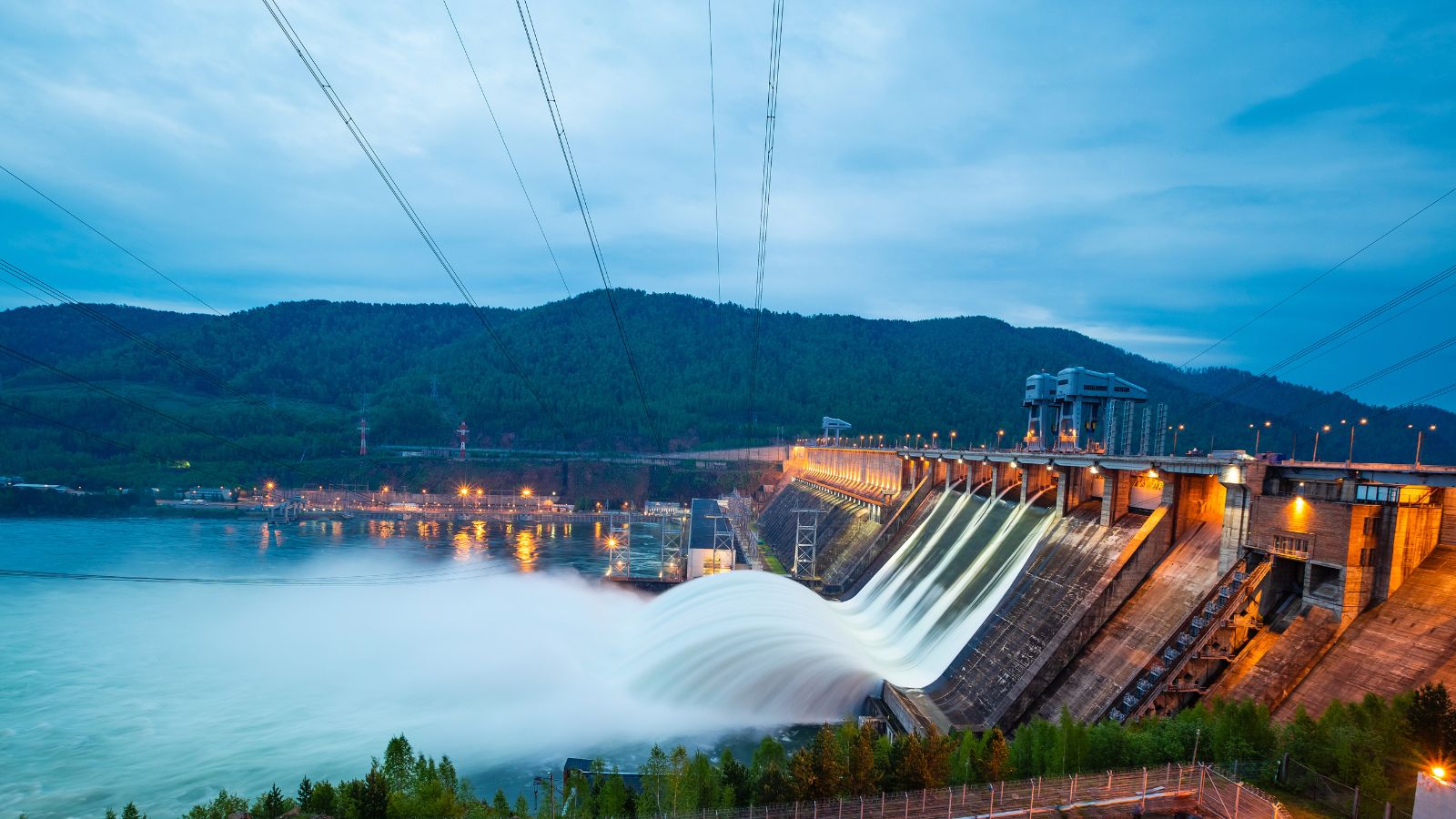
Canada has significantly increased its investments in renewable energy, particularly in hydroelectric, wind, and solar energy. The federal government has launched funding programs to assist provinces in transitioning away from coal and toward cleaner alternatives. Alberta and Saskatchewan, traditionally strongholds in fossil fuels, are now hosting large-scale wind and solar farms. Meanwhile, provinces such as British Columbia and Quebec continue to utilize their hydroelectric capacity. Canada also supports green innovation through its Net Zero Accelerator initiative, which funds companies working on decarbonization.
Housing Affordability Reforms

Recognizing the housing crisis, Canada is pursuing targeted reforms. The federal government has introduced the Housing Accelerator Fund, which aims to increase housing supply by collaborating with municipalities to streamline approvals and enhance density. Provinces and cities are relaxing zoning laws to allow for multi-unit housing in previously single-family neighborhoods. A ban on foreign homebuyers was also enacted to cool speculative demand. These measures aim to create a more balanced housing market, especially for younger Canadians and newcomers.
Strengthening Indigenous Reconciliation Efforts

The country is advancing Indigenous reconciliation through tangible policy changes and funding commitments. Significant investments have been made in Indigenous education, healthcare, and infrastructure, such as clean drinking water projects and housing on reserves. The Truth and Reconciliation Commission’s Calls to Action are being used as a roadmap by governments and institutions. Indigenous communities are gaining greater control over their education and child welfare systems. Additionally, land back agreements and co-management of protected areas reflect increasing respect for Indigenous rights and sovereignty.
Emphasizing Digital Privacy Rights

With growing concerns about digital surveillance and data misuse, Canada is updating its privacy laws. The proposed Consumer Privacy Protection Act (CPPA) would enhance transparency in how companies collect and use personal data. It also includes stronger consent rules and significant penalties for non-compliance. Canada’s privacy commissioners have also become more vocal and proactive, pushing both public and private entities to uphold individual rights in the digital realm. These updates aim to align Canadian law with global standards, such as the EU’s GDPR.
Promoting Multilingual Education

There is a continuous effort to promote bilingualism through federal and provincial education policies. Beyond English and French, schools in diverse provinces, such as British Columbia and Ontario, offer heritage language programs in languages like Punjabi, Mandarin, Arabic, and Cree. This linguistic inclusivity supports cultural retention while encouraging cognitive development. French immersion programs are growing, even in anglophone provinces, reflecting a broader interest in national unity and mobility. Government funding supports teacher training and curriculum development in both official and minority languages.
Expanding Mental Health Services

The Canadian government has committed to integrating mental health care more deeply into the public health system. Several provinces now include mental health services under publicly funded healthcare, improving access and reducing stigma. Initiatives such as Wellness Together Canada offer free online therapy and support tools. Federal funding is also targeting mental health for specific groups, such as youth, Indigenous communities, and veterans. These efforts reflect a recognition that mental wellness is a core component of public health and productivity.
Investing in Public Transit Infrastructure
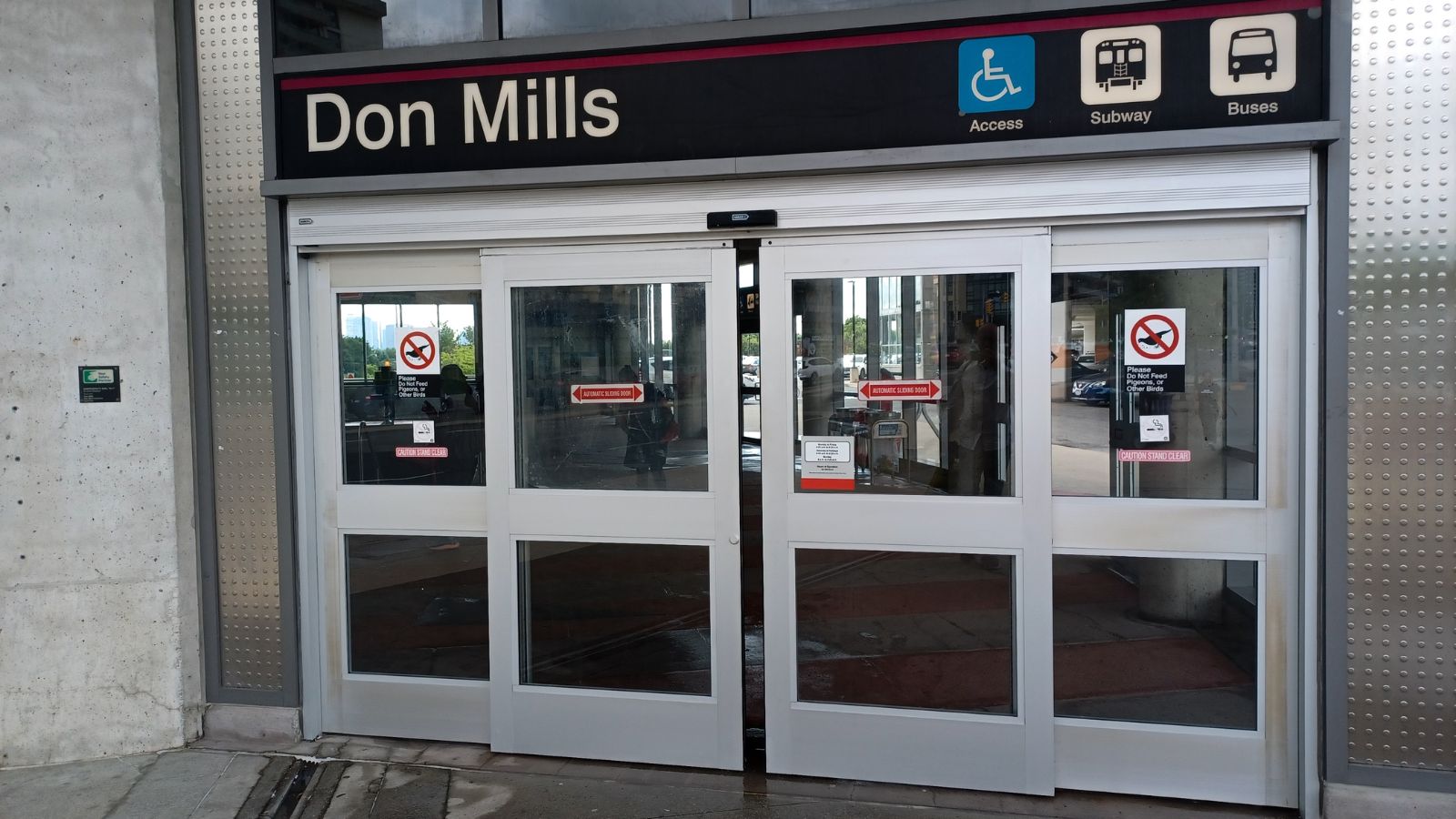
Canada is putting billions into public transit expansions across major urban areas. Projects like Montreal’s REM light rail, Toronto’s Ontario Line, and Vancouver’s Broadway Subway aim to reduce congestion and emissions. These investments also improve access to jobs and services, especially for low-income populations. Additionally, the federal government provides long-term funding to municipalities through programs such as the Permanent Transit Fund. Prioritizing electric buses and low-emission infrastructure further links public transit to climate goals.
Supporting Canadian Tech Startups

Canada has emerged as a hub for startups, particularly in the fields of AI, fintech, and biotech. Federal initiatives, such as the Strategic Innovation Fund, provide support for research and commercialization. Toronto, Montreal, and Vancouver are home to rapidly growing tech clusters that attract global talent and investment. Also, programs like the Global Skills Strategy expedite work permits for highly skilled workers. Meanwhile, accelerators and grants help Canadian startups scale without relocating abroad. This ecosystem encourages innovation that remains rooted in Canada, creating high-paying jobs and intellectual property that stays within the country.
Climate Adaptation Planning
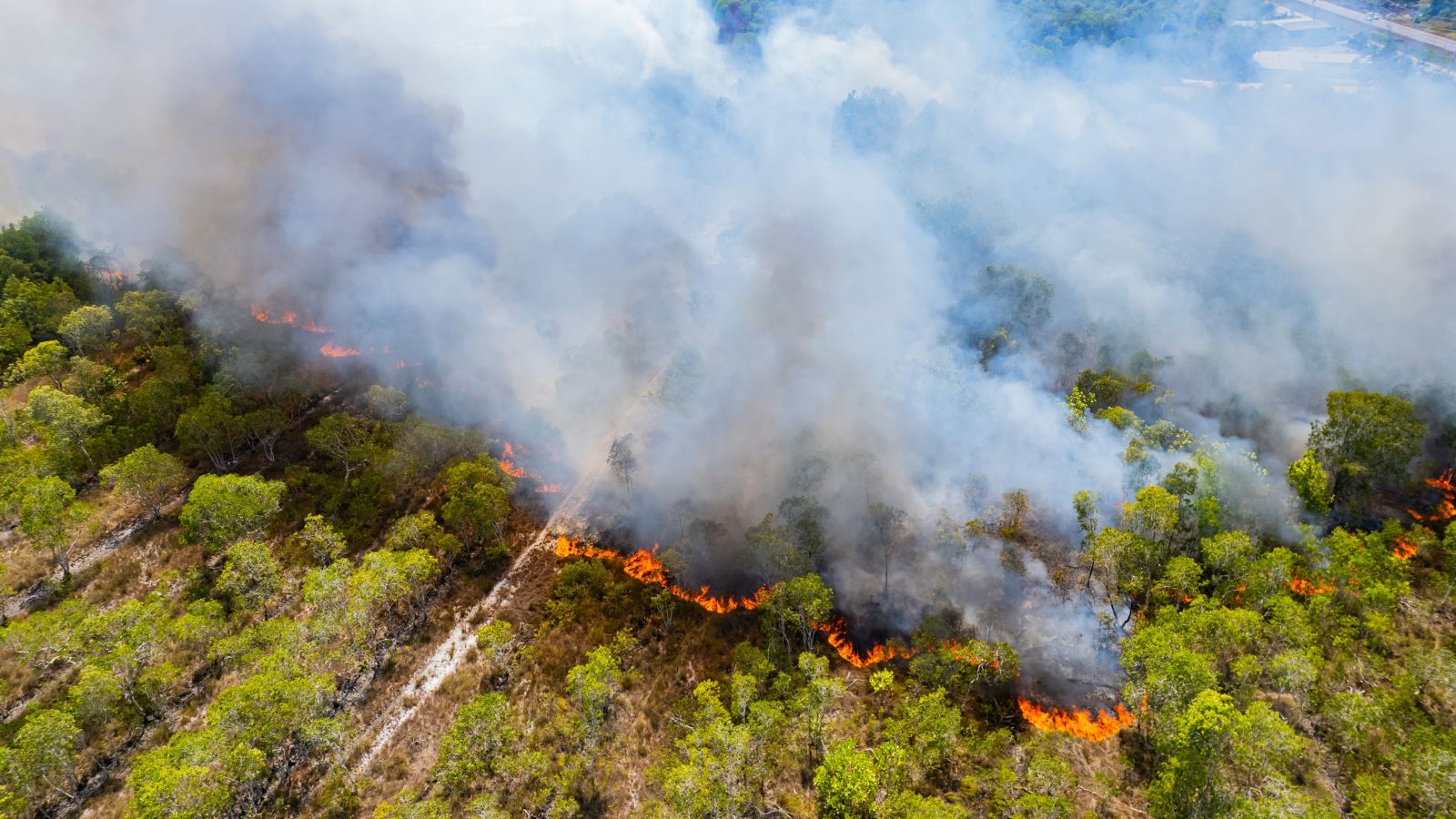
Beyond mitigation, Canada is investing in climate adaptation. This includes floodplain mapping, wildfire risk reduction, and building resilient infrastructure. Provinces like British Columbia are introducing stricter building codes in response to extreme weather events. The federal government supports local adaptation plans through the Climate Change Adaptation Program. These efforts recognize that climate impacts are already occurring and require proactive responses. Investments in green infrastructure, such as urban forests and permeable pavements, also provide long-term environmental and public health benefits.
Advancing Electric Vehicle Infrastructure

Canada is building a nationwide EV charging network, essential to its zero-emissions vehicle targets. Programs like the Zero Emission Vehicle Infrastructure Program (ZEVIP) fund the installation of charging stations at workplaces, public areas, and highways. Incentives are also offered for EV purchases, making them more accessible to average Canadians. Automakers are investing in domestic battery production, encouraged by government subsidies and mineral supply strategies. Provinces like Quebec and British Columbia lead the way in EV adoption, thanks to provincial rebates and regulatory support.
Updating Employment Standards
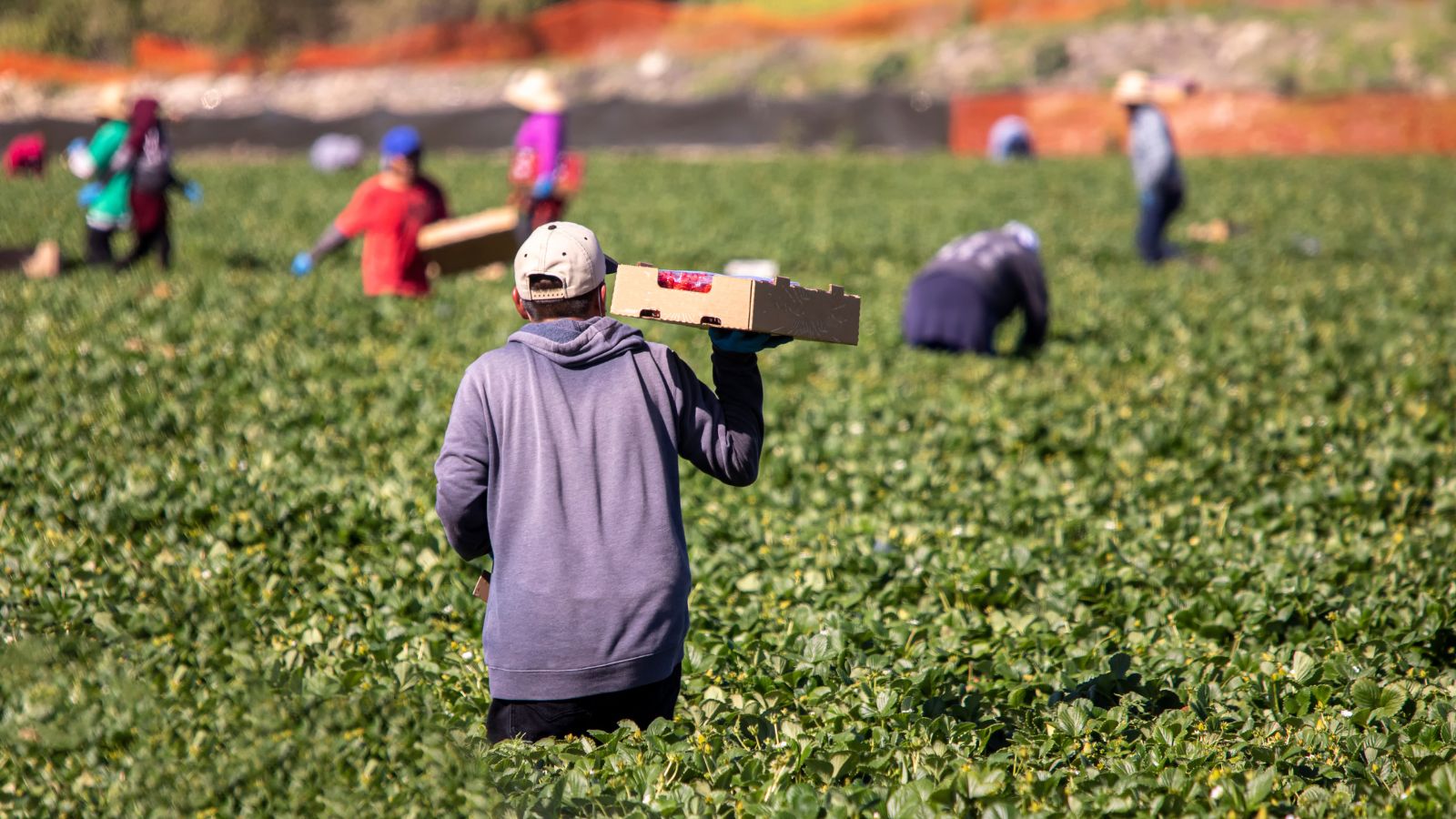
To reflect the modern workforce, Canada is revising employment laws. Federal changes include stronger protections for gig and contract workers. Provinces like Ontario are exploring portable benefits programs that follow workers from one job to another. There is an increased emphasis on fair scheduling practices and work-life balance. Also, COVID-19 spurred improvements in sick leave provisions and remote work guidelines. These reforms aim to modernize labor protections while preserving flexibility. By recognizing evolving work patterns, Canada supports a healthier and more stable workforce, prepared for a digital and service-oriented economy.
Protecting Arctic Sovereignty

As climate change opens northern passages, Canada is asserting its Arctic sovereignty through diplomatic, scientific, and military efforts. Investments are being made in icebreaker fleets, radar stations, and satellite surveillance. Canada collaborates with Indigenous communities to promote environmental stewardship and local governance. Scientific expeditions strengthen territorial claims under international law. Collaborations with allies such as Denmark and Norway enhance Canada’s role in Arctic governance. This long-term strategy prioritizes stability, ecological protection, and Indigenous inclusion over the exploitation of resources.
Funding Green Building Standards

Canada is promoting energy-efficient construction through updated codes and financial incentives. The Federal Greener Homes Grant provides homeowners with funding for retrofits, including insulation, heat pumps, and windows. Municipalities are adopting net-zero standards for new developments. British Columbia’s Step Code and Toronto’s Green Standard are examples of localized leadership. These programs reduce emissions while lowering energy costs for consumers. The construction industry is also seeing growth in green jobs, from auditors to retrofit specialists.
Increasing Immigration Targets Thoughtfully

Canada continues to increase immigration levels, with a focus on economic migrants and family reunification. The strategy includes regional programs designed to attract newcomers to smaller cities and rural areas that face labor shortages. Settlement support is improving through language training, employment assistance, and housing aid. These policies address demographic aging and workforce gaps. International students are also being encouraged to stay, strengthening the talent pool. By planning immigration in a way that complements economic and social needs, Canada ensures long-term prosperity and inclusivity.
Supporting Rural Broadband Expansion

Billions are being invested to ensure high-speed internet access in rural and remote communities. Programs like the Universal Broadband Fund target underserved areas where private providers have little incentive to build. Better connectivity supports education, healthcare access, and local business development. Indigenous communities are also prioritized in broadband rollouts. The aim is to close the digital divide that limits opportunities outside major urban centers.
Enhancing Food Security Through Local Agriculture
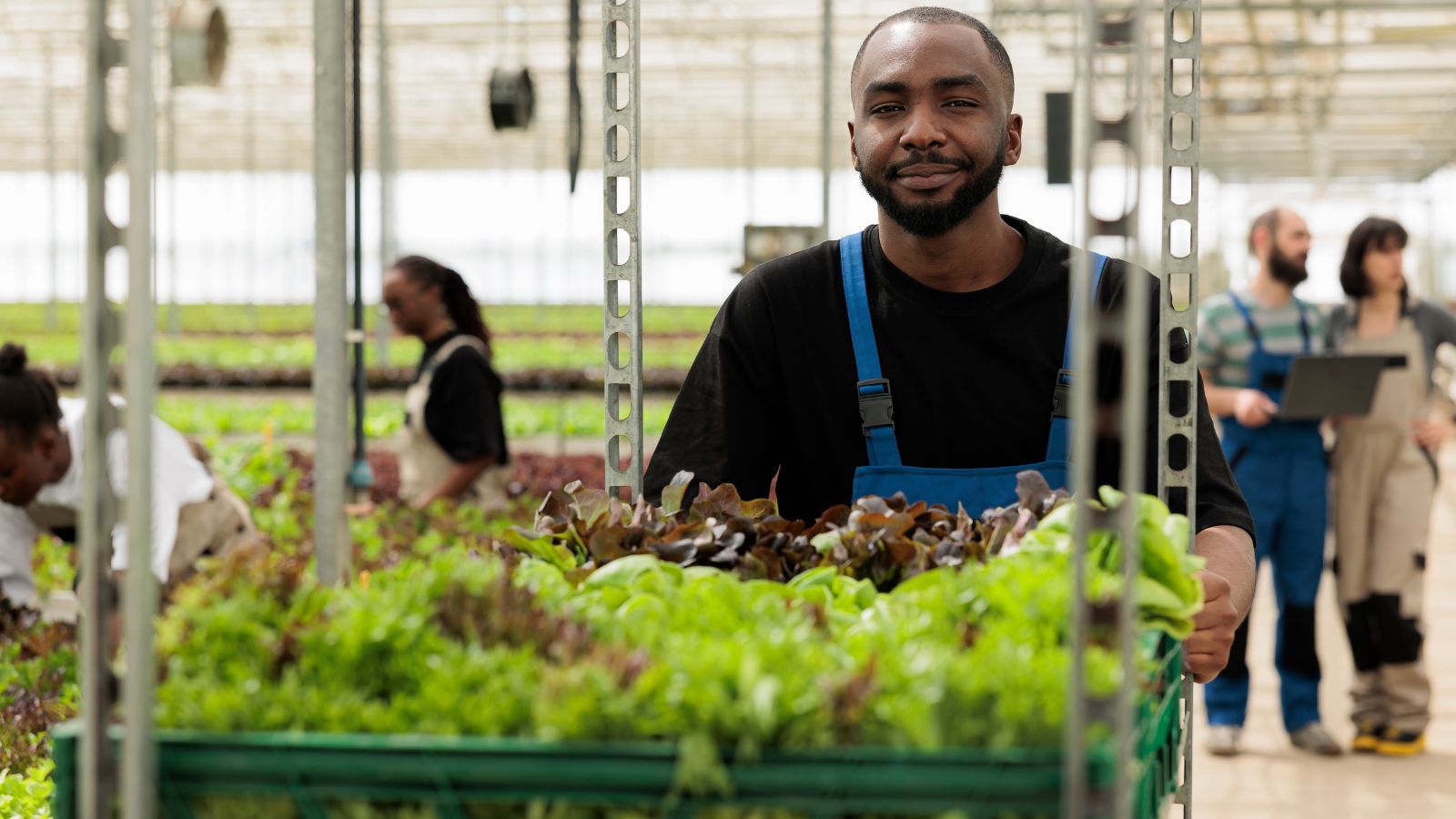
Canada is strengthening its agricultural resilience by supporting local and sustainable food production. Initiatives include funding for greenhouse projects, urban farms, and Indigenous-led food sovereignty programs. Policies encourage climate-smart practices such as crop diversification and regenerative farming. During supply chain disruptions, domestic production has proved vital. Provincial governments offer incentives to retain farmland and reduce dependency on imports. These measures help build a food system that is both environmentally responsible and regionally self-reliant, reducing vulnerabilities in future crises.
Encouraging Civic Literacy and Media Literacy

Canada is taking steps to promote civic awareness and media literacy, particularly among youth. Educational initiatives teach students how to identify misinformation and understand political processes. Organizations like MediaSmarts work with schools and libraries to deliver digital literacy programs. Federal funding also supports community-led workshops and research into the effects of disinformation. These efforts strengthen democratic participation and critical thinking. In an era of online polarization, enhancing media literacy is essential for a well-informed and engaged citizenry.
Revitalizing Canadian Manufacturing

Canada is reinvesting in domestic manufacturing, particularly in high-value sectors like EV batteries, aerospace, and biomanufacturing. Strategic funding and partnerships with global firms are attracting plants to Ontario and Quebec. The goal is to shorten supply chains and reduce dependency on imports. Training programs align workers with new skill demands. This shift also supports economic diversification and regional development. Rather than relying solely on natural resource exports, Canada is building a more balanced and resilient industrial base.
Fostering Innovation in Healthcare Delivery

Canada is piloting new healthcare models to improve access and efficiency. Virtual care options have expanded post-pandemic, reducing wait times and improving rural access. Nurse practitioner-led clinics and team-based models are growing in popularity. Provinces are experimenting with integrated care networks to manage chronic diseases better. Technology is also being deployed to improve diagnostics and patient tracking. These innovations aim to maintain universal access while addressing cost pressures. A more responsive healthcare system ensures better outcomes for future generations.
Protecting Urban Green Spaces

Cities across Canada are prioritizing the protection of green spaces through zoning changes and park investments. Toronto’s Ravine Strategy, Vancouver’s Rain City Strategy, and Montreal’s Nature in the City initiative are notable examples. These programs preserve biodiversity, support mental health, and help manage stormwater. Urban forests and naturalized parks are increasingly seen as infrastructure rather than amenities. Additionally, community involvement in stewardship is also increasing, with local groups taking an active role in maintenance and planning. This reflects a shift toward valuing nature within urban development plans.
Strengthening Democratic Institutions

Canada continues to enhance its democratic processes through reforms that promote transparency, increased voting access, and institutional independence. Elections Canada has expanded voting options, including mail-in ballots and advanced polling. Campaign finance rules limit the influence of money in politics. Judicial and ethics watchdogs are being given more authority and resources. Public consultations are increasingly used in policymaking, enhancing accountability.
21 Products Canadians Should Stockpile Before Tariffs Hit

If trade tensions escalate between Canada and the U.S., everyday essentials can suddenly disappear or skyrocket in price. Products like pantry basics and tech must-haves that depend on are deeply tied to cross-border supply chains and are likely to face various kinds of disruptions
21 Products Canadians Should Stockpile Before Tariffs Hit
